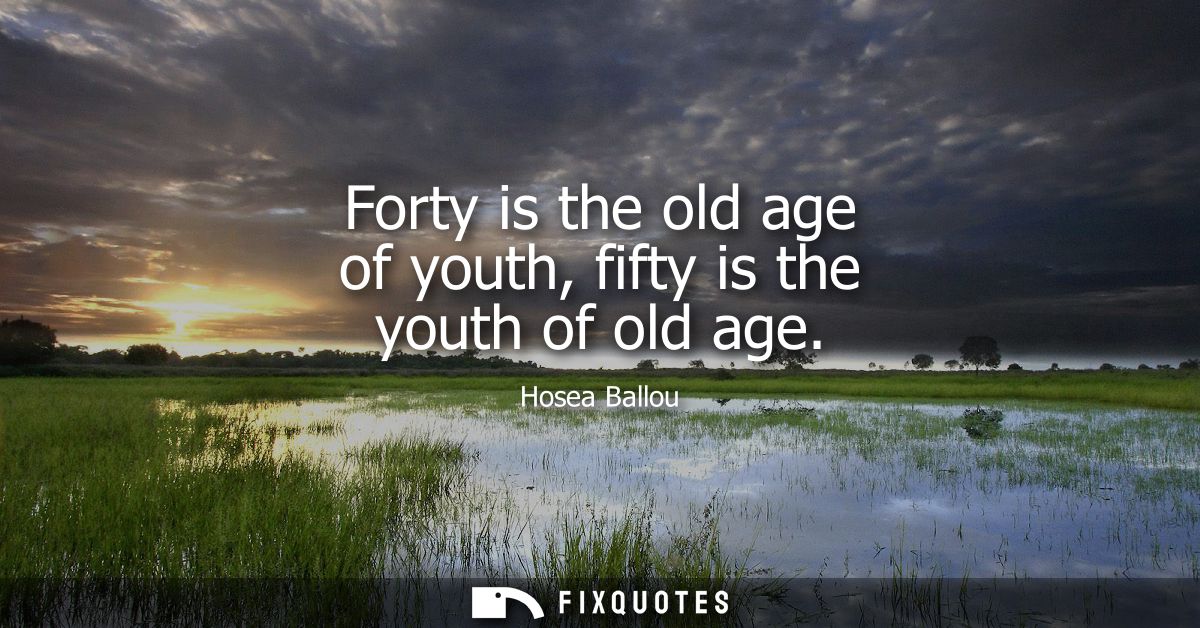"Forty is the old age of youth, fifty is the youth of old age"
About this Quote
Turning forty often marks a pivotal transition in a person’s perception of age. It is a moment when the buoyancy and vigor of youth begin to wane, replaced by reflections on one’s achievements, identity, and the coming years. At forty, an individual still feels connected to the dynamism of youth – aspirations, energy, and an openness to new possibilities. Yet, it becomes evident that physically and culturally, they are approaching a new chapter. The phrase "the old age of youth" suggests that while someone at forty may still be considered young compared to the elderly, they have reached the upper boundary of what is considered youthful. There is a subtle nostalgia, a sense of bittersweet acknowledgment that the years of youthful innocence and freedom from consequences are slipping away.
Reaching fifty, however, brings a different kind of renewal. Far from being merely an extension of aging, fifty represents "the youth of old age". Here, vitality takes on new meaning. The past five decades have granted experiences, wisdom, and, for many, a certain liberation from societal expectations. At this stage, one is often more secure in their identity, relationships, and place in the world. As the early years of old age, fifty brings with it the opportunity to approach life with youthful curiosity while being tempered by the knowledge only age can impart. There is a fresh sense of beginning, fueled by accumulated insight and a renewed appreciation for life’s fleeting nature.
Hosea Ballou’s words deftly capture the nuanced shifts in identity and energy that occur at midlife. They point to how each decade reframes our sense of time, potential, and self-understanding. Rather than marking hard boundaries, the ages of forty and fifty become thresholds. One marks the culmination of youthful possibility, the other the dawning of elderhood’s unique opportunities.
This perspective invites us to embrace transitions with grace, recognizing both the fading of certain capacities and the emergence of new avenues for growth, joy, and purpose.
More details
About the Author

